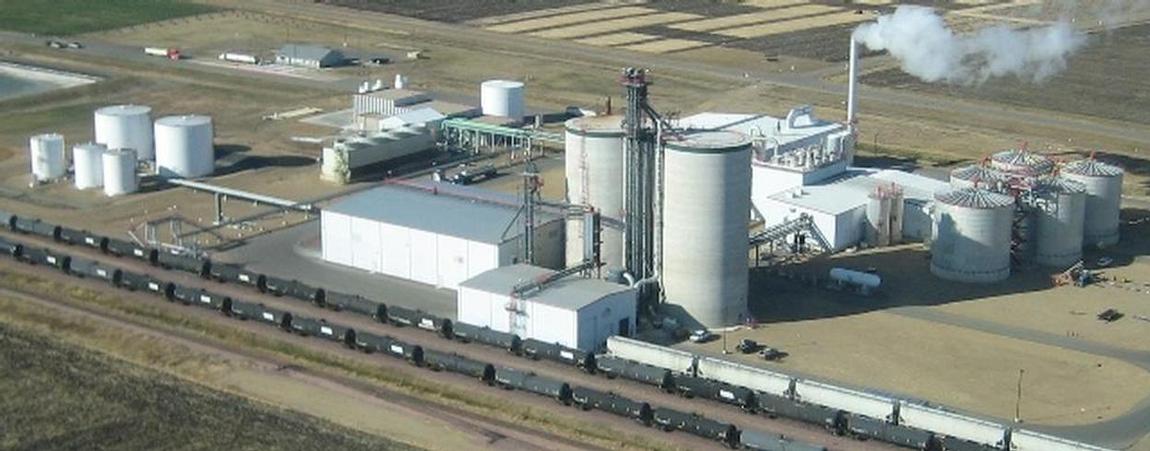Bio-butanol technology company Butamax™ Advanced Biofuels LLC and ethanol producer Highwater Ethanol LLC have begun to retrofit Highwater’s ethanol plant in Lamberton, Minnesota for the production of bio-butanol. Butamax’s technology package will include the installation of novel corn oil separation technology. Butamax and Highwater have entered into definitive agreements for license of Butamax’s patented corn oil separation technology, which is an integral part of a full retrofit to bio-butanol production and can also be installed independently as a first phase of the conversion.
Installation of the patent protected Butamax separation system has already commenced with commercial production expected this winter. Butamax has also reached an agreement with Fagen Inc. for the engineering, procurement and construction (EPC) of this project and as part of Butamax’s vision for roll out of its full bio-butanol production technology.
Highwater Ethanol’s facility has a nameplate capacity of 50m gal/year producing denatured ethanol, and 141,000 tons of ethanol co-product DDGS (dry distillers grains with solubles) which is used for livestock feed. The facility consumes 19m bushels/year of corn.
Butamax has been marketing its technology to various ethanol producers and has formed a consortium of biofuel production companies called “Early Adopters Group (EAG)” which are interested in becoming early adopters of the Butamax™ biobutanol technology. As of June 2012, there were 11 companies who have signed up including Highwater Ethanol, representing nearly 900m gallons of ethanol capacity.
Butamax is targeting its bio-butanol to be marketed as price competitive with ethanol to be driven by low-cost retrofits of existing ethanol plants, and compatibility with existing vehicles and infrastructure. Butanol, a four-carbon alcohol, is said to have more similar properties with gasoline compared with the two-carbon ethanol.
Bio-butanol can be blended with gasoline at higher concentrations than ethanol for use in standard vehicle engines. According to producers, bio-butanol has 30% more energy in a given volume; can be handled like regular gasoline; is approved for blending up to 16% in the US, compared with the 10% limit in ethanol blending; and bio-butanol can be blended up to 20% in diesel fuel with no negative engine performance impact, while ethanol cannot be blended into diesel.
A new ASTM standard (ASTM D7862) has recently been established which covers performance requirements and test methods for butanol content, water content, acidity, inorganic chloride, solvent-washed gum, sulfur content and total sulfate. The new standard covers butanol that is intended to be blended with gasoline at 1 to 12.5 volume percent for use as an automotive spark-ignition engine fuel.
According to the ASTM International, the specification will be used by biofuel producers, petroleum refiners, gasoline blenders, government agencies, inspection laboratories, and manufacturers of motor vehicles, marine engines and outdoor power equipment.
FOLLOW ME ON THESE SPACE
Valuable commercial information. Thanks for sharing!
Posted by mario bianchi | October 8, 2013, 3:14 am